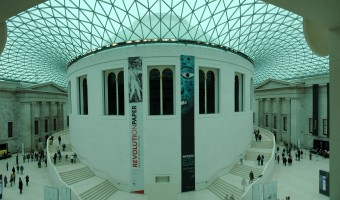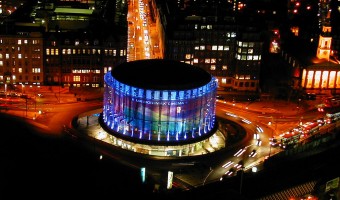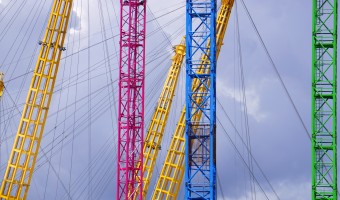Compelling structures – hidden in plain sight
Even if you are heading to London’s west for the first time, you will already have heard of many of the big sites for London visitors. After all, a stroll through Hyde Park is compulsory for anyone visiting Old Blighty for the first time. However, if you are a keen architecture or design buff, a stroll through London’s West End might well be augmented by a few particular architectural marvels. This guide draws together some of the most interesting and unusual buildings in London’s west – a unique way to experience the city’s history, through the hidden gems of its architecture.
Leighton House
The only purpose-built studio house open to the public in the United Kingdom, Leighton House was the home of Frederic, Lord Leighton, a Victorian artist. It is Grade II listed and was designed by George Aitchison. Drawing heavily on the Orientalist tradition, it features many lush paintings from the pre-Raphaelite Brotherhood, including Edward Burne -Jones and George Frederick Watts.
While the house museum contains an incredible collection of sculpture and art collected by Lord Leighton during his lifetime, the house itself is something of a marvel – in particular, it features what is referred to as the “Arab Hall”, an intricately tiled room with a golden dome. The walls are lined in beautiful Islamic tiles and patterns, a sumptuously coloured space. In contrast, the Lord’s painting studio upstairs features a variety of paintings in stages of completion. Many of his works feature here, in this brightly lit space.
In all, Leighton House is a unique little gem in West London, a quirky testament to an enigmatic Victorian Londoner and well worth a visit.
The New West End Synagogue
The New West End Synagogue is an incredibly striking structure, tucked away on St. Petersburgh Place, in Bayswater. It is one of the oldest synagogues in the United Kingdom still in use today, and stands out with its red brick façade against the white-rendered homes of Bayswater. With its Grade I historical status, it has been described by Historic England as "the architectural high-water mark of Anglo-Jewish architecture".
As the oldest building on this list, it was formally opened in 1879 and designed by George Audsley and Nathan S. Joseph. It has had significant members of the Jewish community attend as members, including Chaim Weizmann, the first president of the State of Israel.
The building is a national monument, and features an incredible Torah ark in its interior – a raised platform with a series of circular steps and a multi-domed structure. The interior is a powerful experience hinted at by its beautifully articulated façade.


Trellick Tower
This infamous estate was designed by the inimitable Ernö Goldfinger (a name any Bond fan will find familiar – it did indeed inspire the name of the infamous James Bond villain). It was built in 1972 for the Greater London Council, as a housing project for 200 odd flats. The structure represents some of the best of London’s Brutalist offerings, its sky-bridge connections connecting the main housing from the separated circulatory core.
The structure has been the site of many controversies, with its initial functionality held in question as crime became rampant in its early years. The project facilitated the chance to iron out issues with modern housing schemes, and contributed greatly to understanding of social architecture in London today.
While it certainly won’t be everyone’s cup of tea, Trellick Tower is a unique London structure – a little outside the expected norms of those who only visit Buckingham Palace and the like.
St George's Church Kensington
A lesser known structure, St George’s Church was designed by Enoch Bassett Keeling. His style was a very short-lived one, in terms of its popularity: known as “eclectic Gothic”. It combined a variety of shapes and colours from a variety of medieval influences.
This church is well worth a visit as it continues along the path to restoration of its original features; the nave was refurbished in the 90s to reveal the original pillars’ cladding. Visit the church easily on way on to this next listing…
Design Museum
The new Design Museum has only recently re-opened, at its new site in Kensington. The site itself is the former Commonwealth Institute, built in the 1960s, a Grade II listed building. Architect John Pawson helped to redesign the space, making use of the hyperbolic paraboloid roof.
A unique example of post-war British Modernism, the building was an important cultural space, which lay empty for over a decade. Pawson said of the design for the structure, "I think it’s marvellous to have been able to save the building, and have it now as what's going to be a world-class centre for design,"
It is now a new member of the gallery scene in the Kensington area.
The unique spatial qualities of the interior have been carefully reworked, and the museum itself is the only one to exclusively celebrate contemporary design and architecture. The museum features a design studio, exhibitions, creative workshops, houses lectures and other seminars. It is an essential stop on the journey across London for any architecture-lover.


Marble Hill House
Situated near St Margaret’s station, Marble Hill Park is a serene parkland by the Thames, not often an expected destination for visitors. The house itself here is a Palladian-style villa built in the eighteenth century, specifically for Henrietta Howard, who was the Countess of Suffolk and a mistress of Kind George II. The designers included Alexander Pope, and was intended as an oasis – a retreat – from 18th century London life.
Here, alongside the acres of parkland, you can see a collection of early Georgian paintings, as well as some unique, hand painted Chinese wallpapers in the parlours. It is thought to embody Georgian life, acting as an opportunity to experience the atmosphere of life in those days.
While experiencing the best of London’s more famous architectural vista, take the time to wander the west end streets and discover these examples of significant architectural experiments, both historical and modern. London’s melting pot of creativity and ideas is nowhere more beautifully expressed than the west end, where the changes in London’s social scape is never more clear.
 West London Architecture
West London Architecture


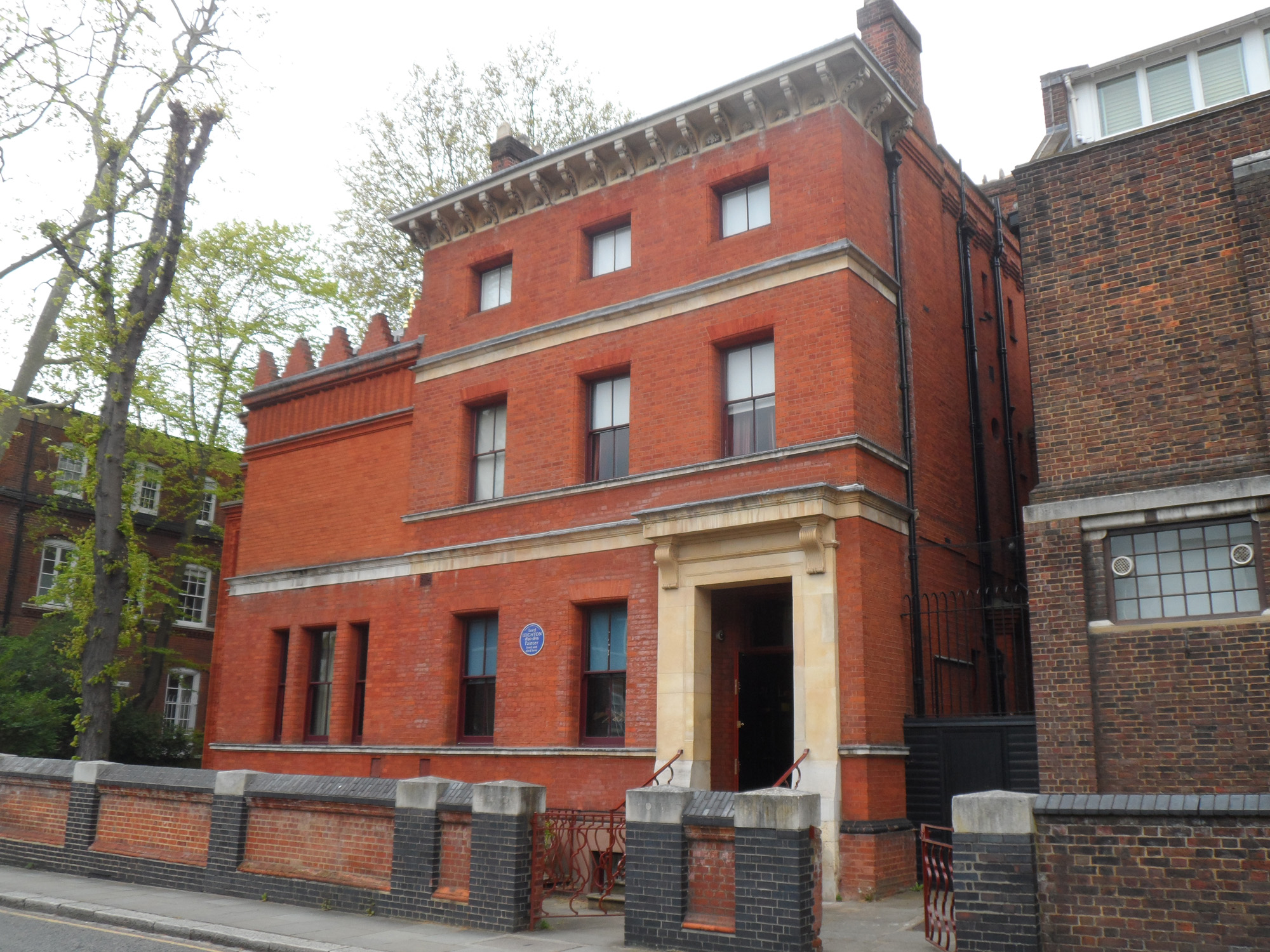
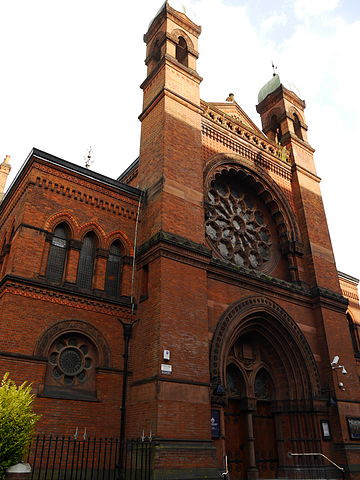
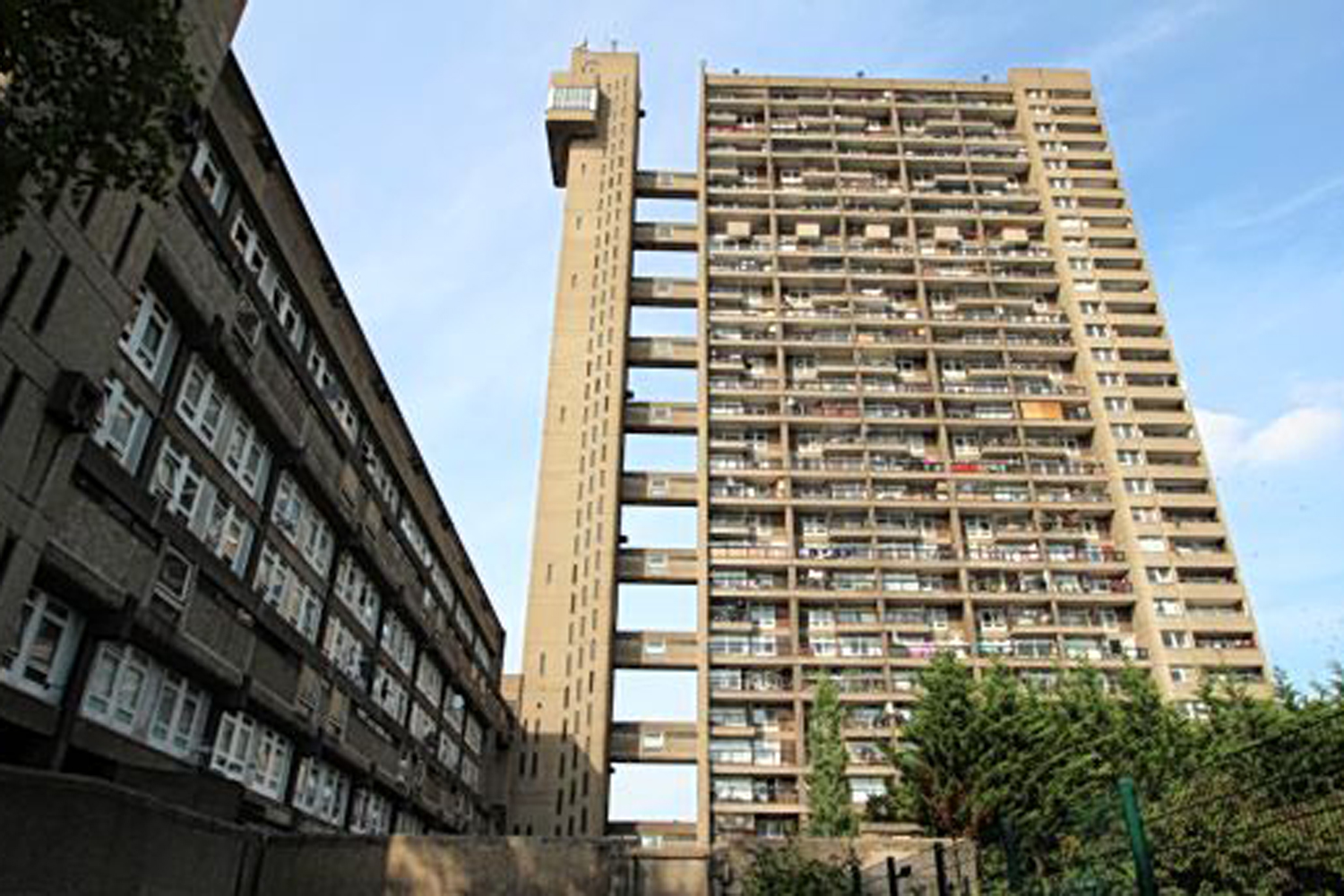
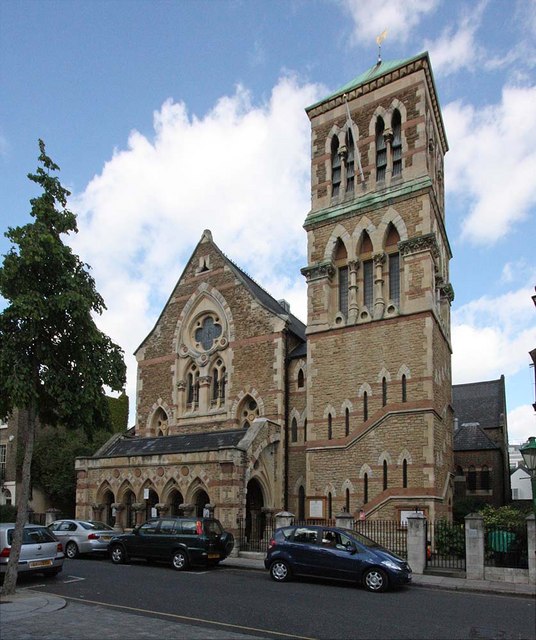
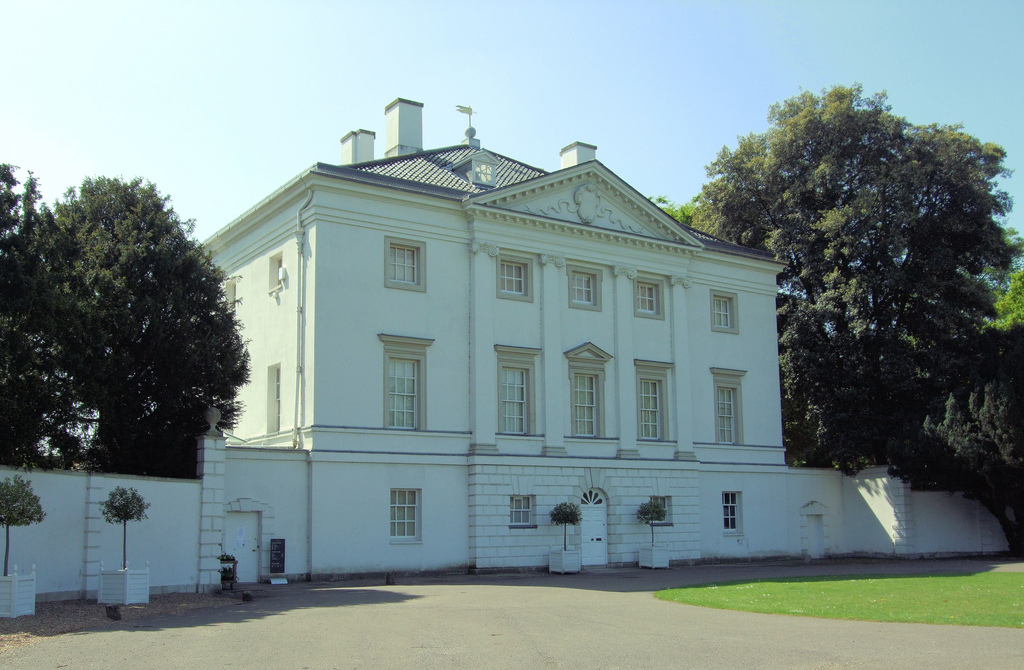

_-_London._(4621666294).jpg)

 Load more triptoids
Load more triptoids